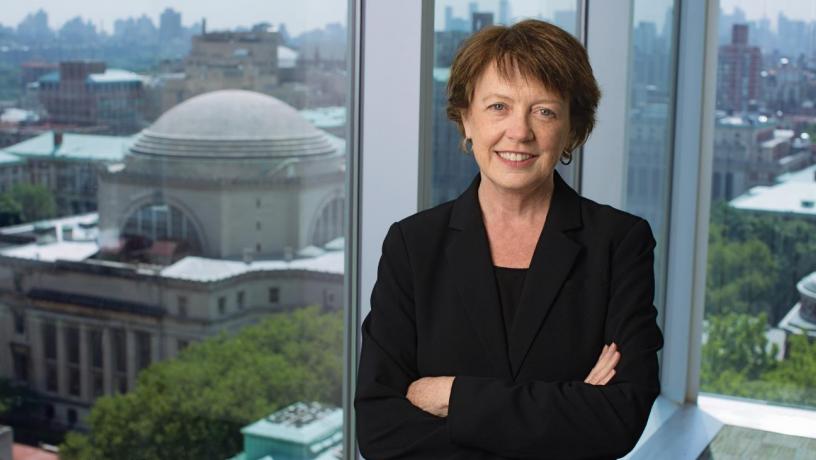Letter from Dean Mary C. Boyce

Welcome to the second special issue of Columbia Engineering magazine as we continue our celebration of the 150th anniversary of the School’s founding. Over the past year, we have reflected on the pioneering advances that have taken place over our 150-year history. In concert, we have examined with great pride our remarkable present and the even greater promise of the expanding future for engineering at Columbia.
In 1864, the first class of 20 young men began their studies taught by a faculty of three in what has been described as an old broom factory on the south side of 50th Street. Today, in one of the most competitive entries into engineering in the country, Columbia Engineering welcomed 320 first-year students, an entering class that is 44% women and 31% from under-represented groups, with our total undergraduate student body numbering more than 1,500 students from 49 states and 53 countries! (Read about some of this incredible student talent on page 46.) We also now offer a highly selective and sought after suite of Master’s degree programs with more than 2,000 MS students, and our research efforts serve to educate and mentor more than 700 PhD students across nine departments. SEAS has become a magnet for attracting exceptional faculty; our faculty now numbers more than 172 and continues to grow. This fall alone we welcomed 13 new professors to further expand our teaching and research, and three lecturers to enhance the engineering education programs for our students.
Our broom factory origins have also transformed into research and education spaces that now encompass two campuses and six buildings: the Mudd Building, Engineering Terrace, Computer Science, Schapiro Center for Engineering and Physical Science Research (CEPSR), and Northwest Corner Building on Morningside, and facilities at the Medical School campus uptown. We continue to expand and to renovate space to meet our needs. Over the next year, we will complete an expansion and renovation of Carleton Lounge, and add 21,000 square feet of research space for interdisciplinary data science. We are expanding and upgrading our nanoscience and engineering facilities and are completing laboratory renovations within Biomedical Engineering and Electrical Engineering. The amazing collaborative, interdisciplinary research of our faculty and students is extending onto the Manhattanville campus, where engineering faculty will have laboratories in the Zuckerman Mind Brain Behavior Institute housed in the Jerome L. Greene Science Building, scheduled to open in 2016.
Today’s students still follow a rigorous curriculum, one that is now fostering creativity and innovation inside and outside the classroom. (See the story on our Senior Design Expo on page 6, watch the video at engineering.columbia.edu/senior-design-expo and read about the new Makerspace on page 58.) We are also exploring new ways to utilize our burgeoning online capabilities to enhance on-campus education.
These transformative changes propel us into a future grounded by our past and by our steadfast commitment to our guiding principles: attracting and enabling talent and leadership in our students, faculty, and alumni; fostering creativity, innovation, and translation; and pioneering research efforts that push disciplinary frontiers and that bring novel engineering solutions to the world’s grand challenges.
The stories and features in this issue provide snapshots of contributions from our past as well as of the people, places, and programs that represent today’s vibrant Fu Foundation School of Engineering and Applied Science community. I hope that you have enjoyed discovering more about your Alma Mater during our 150th, a year where engineering at Columbia and around the world is so widely recognized for its impact!
Wishing you all a Happy 150th!
Mary Cunningham Boyce
Dean of Engineering
Morris A. and Alma Schapiro Professor
